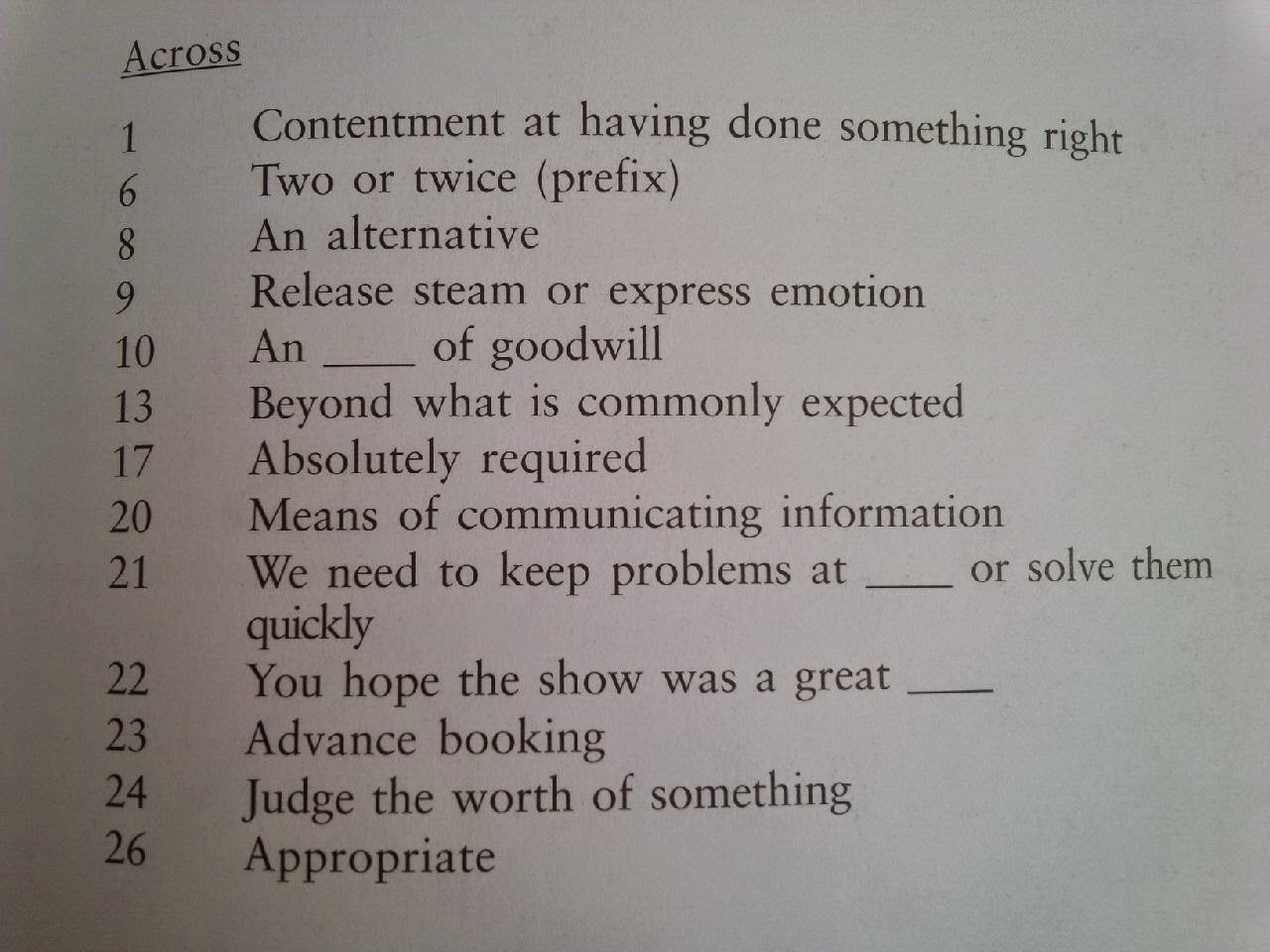- Understand how your customers' expectations are rising and changing over time. What was good enough last year may not be good enough now. Use customer surveys, interviews and focus groups to understand what your customers really want, what they value and what they believe they are getting from your business.
- Use quality service to differentiate your business from your competition. Your products may be reliable and up-to-date, but your competitors' goods are too. Your delivery systems may be fast and user-friendly, but so are your competitors. You can make a more lasting difference by providing personalized, responsive and extra-mile service that stands out in an unique way your customers will appreciate and remember.
- Set and achieve high service standards. You can go beyond basic and expected levels of service to provide your customers with desired and even surprising service interactions. Determine the standard for service in your industry, and then find a way to go beyond it. Give more choice than the usual, be more flexible than normal, be faster than average, and extend a better warranty than all the others.
- Learn to manage your customers' expectations. You can't always give customers everything their hearts desire. Sometimes you need to bring their expectations into line with what you know you can deliver. The best way to do this is by first building a reputation for making and keeping clear promises. Once you have established a base of trust and good reputation, you only need to ask your customers for their patience in the rare instances when you cannot meet their first request. Nine out of ten times, they will extend their understanding and the leeway that you need. The second way to manage customers' expectations is to under promise, then over deliver.
- Bounce back with effective service recovery. Sometimes things do go wrong. When it happens to your customers, do everything you can to set things right. Fix the problem and show sincere concern for any discomfort, frustration or inconvenience. Then do a little bit more by giving your customer something positive to remember- a token of appreciation, a discount or free upgrade. This is not the time to assign blame for what went wrong or to calculate the costs of repair. Restoring customer goodwill is worth the price in positive word-of-mouth and new business.
- Appreciate your complaining customers. Customers with complaints can be your best allies in building and improving your business. They point out where your system faulty or your procedures are weak and problematic. They show where your products or service are below expectations. They point out areas where your competitors are getting ahead or where your staff is falling behind. These are the same insights and conclusions companies pay consultants to provide. But a complainer gives them to you free. And remember, for every person who complains, there are many more who don't bother to tell you. The others just take their business elsewhere and speak badly about you. At least the complainer gives you a chance to reply and set things right.
- Take personal responsibility. In many organizations, people are quick to blame others for problems or difficulties at work: managers blame staff, staff blame managers, Engineering blames Sales, Sales blames Marketing and everyone blames Finance. This does not help. In fact, all the finger-pointing make things much worse. Blaming yourself does not work, either. No matter how many mistakes you may have made, tomorrow is another chance to do better. You need high self-esteem to give good service. Feeling ashamed doesn't help. It doesn't make sense to make excuses and blame the computers, the system or the budget, either. This kind of justification only prolongs the pain before the necessary changes can take place. The most reliable way to bring about constructive change in your organization is to take personal responsibility and help make good things happen. When you see something that needs to be done, do it. If you see something needs to be done in another department, recommend it. Be the person who makes suggestions, proposes new ideas and volunteers to help on problem solving teams, projects and solutions.
- See the world from each customer's point of view. We often get so caught up in own world that we lose sight of what our customers actually experience. Make time to stand on the other side of the counter or listen on the other end of the phone. Be a mystery shopper at your own place of business. Or become a customer of your best competition. What you notice when you look from the other side is what your customers experience every day.
Time to start now!!!!
































